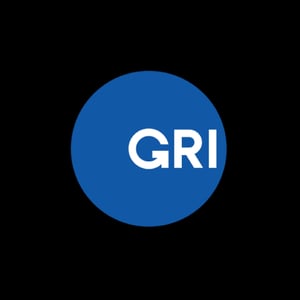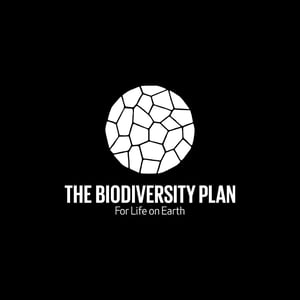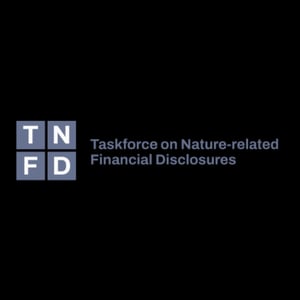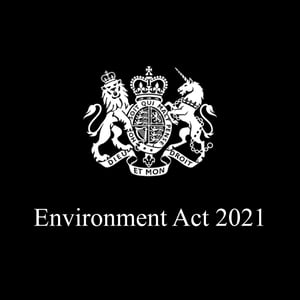
BIODIVERSITY CONSULTANTS DEDICATED TO PRESERVING NATURE
Biodiversity is vital for sustaining life itself, providing nourishment, water, medicines, and shelter. Unfortunately, it is currently dwindling, but we are determined to empower businesses to reverse this trend.















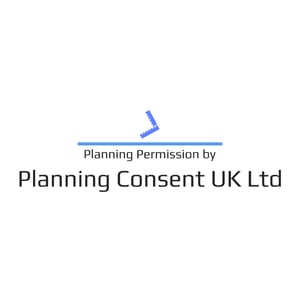
































































WHAT IS BIODIVERSITY?
Biodiversity is the term used to describe the incredible variety of life on our planet, encompassing the multitude of different organisms within a specific environment. It is estimated that there are approximately 8.7 million distinct species of plants and animals coexisting (National Geographic Society), highlighting the immense value we place on a diverse range of life. This is because each species and organism within an ecosystem work together harmoniously, creating a delicate balance and providing essential resources to humans, including a stable climate, clean water, nourishment, medicine, and shelter.

OUR NATURE AND BIODIVERSITY SERVICE OFFERING
With these services, you not only gain valuable insights into your business's impact on the environment but also actively contribute to the greater mission of conserving biodiversity and ensuring a harmonious coexistence between industry and nature.
We guide you from commitment to credible, measurable outcomes, ensuring alignment with global standards compliance.
Read MoreHelping to embed biodiversity and natural capital into their core business strategy, investment decisions and ESG performance.
Read MoreAligning ESG reporting with the European Sustainability Reporting Standards (ESRS).
Read MoreExceptionally professional service. The team responded quickly and demonstrated extensive knowledge. They were invaluable in assisting us with a planning application for a heritage building.”
Belal Rashid
Director | Belal Rashid Technical Architecture
Very smooth process, very helpful for someone who has not dealt with this type of report before. Very fast turnaround times, especially for amendments.”
Matthew Batchelor
Senior Technician | Vertex Architecture
Incredible swift and friendly service with a prompt delivery. I will recommend this company for any future works, its not worth the bother looking around just go with these guys 5*****”
Glyn Cooper
Director | Eco Cute
Working with Tunley's was great. They're very collaborative and the communication was excellent.”
Laira Piccinato
Associate Architect | Holland Green Ltd




READY TO START YOUR NATURE IMPROVEMENT PLAN OR LOOKING FOR MORE INFORMATION?
STANDARDS AND METHODOLOGIES
This is your opportunity to make a difference in the world, from local to global ecosystems, we must act now to conserve and redevelop biodiversity. What sets us apart is our dedication to aligning your efforts with the globally recognised Science-Based Targets for Nature and Nature Positive goals.
We work with our clients to actively contribute to the global sustainability goals by providing strategic guidance, innovative solutions, and tailored consultancy services that foster environmentally responsible practices and long-term sustainability.

BIODIVERSITY IS THE FOUNDATION OF THE GLOBAL ECONOMY
The World Economic Forum (WEF) estimates that over 50% of the world's GDP, equivalent to 44 trillion USD, significantly depends on nature and the services it provides.WHY CHOOSE TUNLEY
With a full team of PhD-level scientists and sustainability consultants, we don’t just help you ‘tick boxes’, we work alongside your team to drive real, measurable environmental sustainability impact. From carbon footprinting and biodiversity assessments to regulatory compliance and net zero roadmaps, we’re your full-service partner for sustainability assessment success.
Tailored solutions to meet the needs of any client depending on your specific challenges
Read MoreSupporting clients across the UK, USA, Europe, Asia and Australia
Read More100% 5-star feedback from global clients
Read MoreDelivered by PhD-level scientists in ecology, AI, chemical science and more
Read MoreThe full sustainability assessment and compliance support service offering from carbon to water
Read MoreTHE NEED FOR A GLOBAL EFFORT
The climate change and biodiversity are not only environmental issues, but economic, development, security, social, moral, and ethical issues too. There is the need to see the world as a collection of interconnected systems. The onion sustainability model highlights the inter-dependencies of the three pillars of sustainability. Where both Economic and Social sustainability are dependent on the Environment. Accordingly, true sustainability can only be achieved when all three aspects are fulfilled and in-balance.

Our future depends on addressing the current issue of diversity loss as much as it depends on addressing climate change. Accordingly, in 2015 all United Nations (UN) Member States adopted the 17 Sustainable Development Goals (SDGs) included as part of the 2030 Agenda for Sustainable Development. These include 5 Planet Goals which focus on the preservation of biodiversity on Planet Earth. We all have a role to play in building a nature-positive society that safeguards the planet for the good health of everyone.
READY TO START YOUR NATURE IMPROVEMENT PLAN OR LOOKING FOR MORE INFORMATION?
ALL THINGS BIODIVERSITY
How PAS 2080 Standard Implementation Supports Nature-based Solutions
Understanding the New ISO 17298:2025 Biodiversity Standard
Science Based Targets for Nature Guidance for Corporate Sustainability
Why Work with a Consultancy for SBTi Alignment?
How Manufacturers Can Lead on Biodiversity Through Supply Chain Action
Corporate Nature Strategy in the UK Healthcare Industry
FREQUENTLY ASKED QUESTIONS
Biodiversity consultants, like Tunley Environmental, bring scientific knowledge and regulatory insight to help organisations meet biodiversity net gain (BNG), ISO 17298, CSRD and SBTN requirements to reduce environmental risks, and create measurable nature-positive outcomes.
A biodiversity footprint measures the impact of operations or supply chains on habitats and species. Biodiversity specialists assess these impacts using recognised biodiversity metrics and life-cycle data to establish a clear baseline.


.jpg?width=300&name=Standards%20and%20methodologies%20followed-%20(2).jpg)



